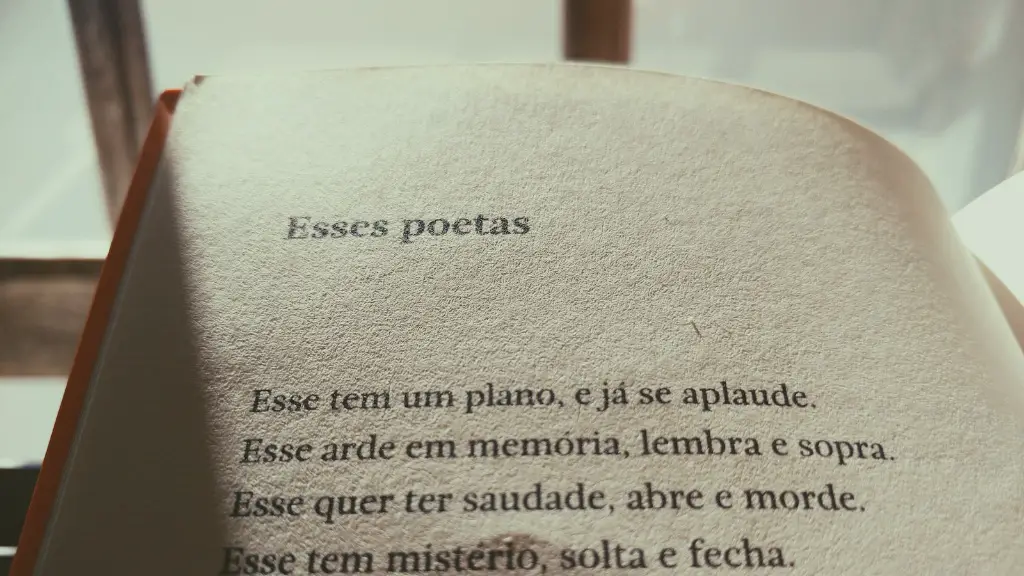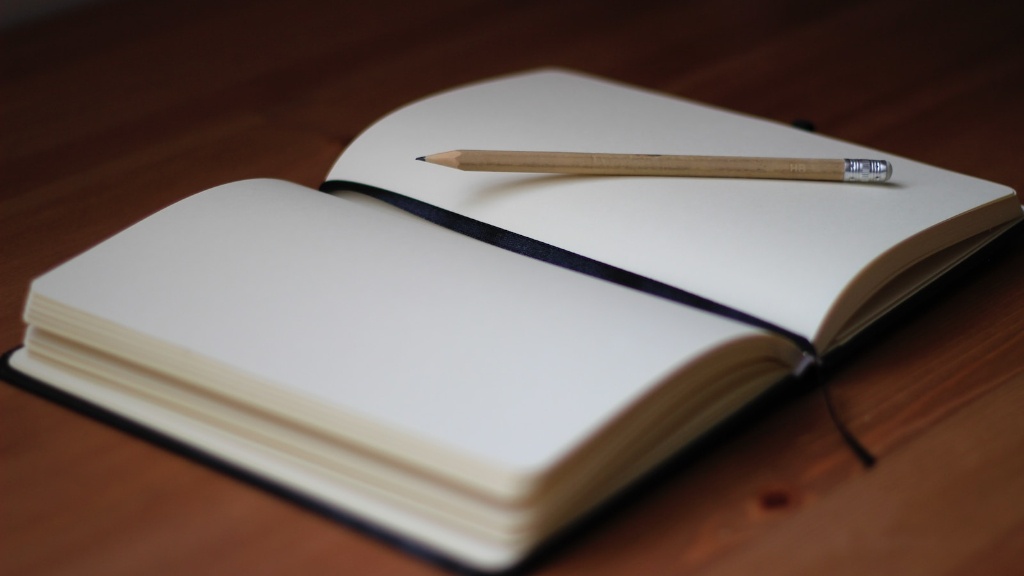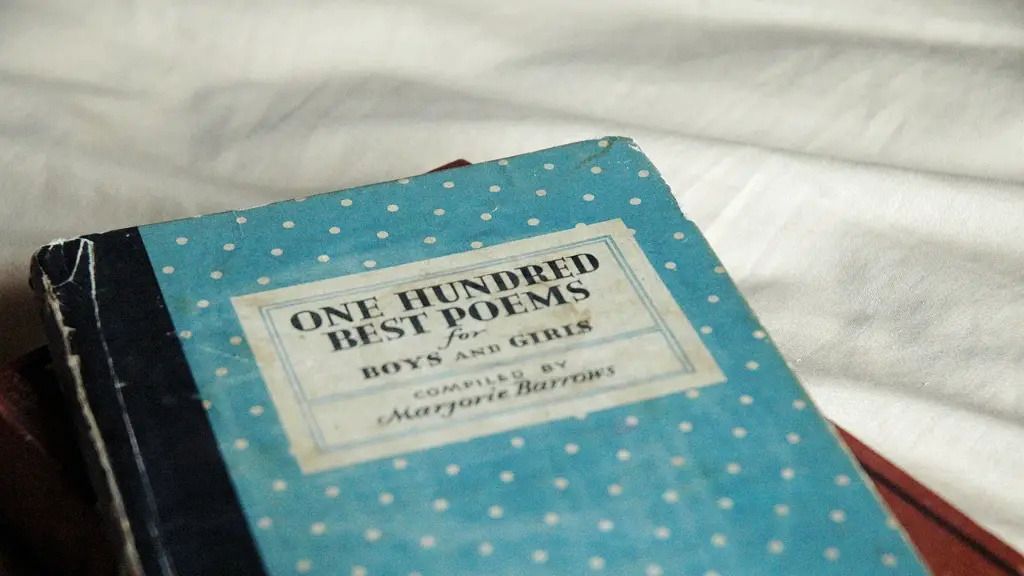What is Fixed Form Poetry?
Fixed form poetry is something of a rarity in the literary world. It has been around for centuries, but these days it is generally considered too specialized for mainstream publications, with most writing on the topic being limited to journal articles, anthology essays, and scholarly volumes. So, what exactly is fixed form poetry? Quite simply, it is writing that follows a set form and style, often relying heavily on rhyme and rhythm for structure and effect.
Origin of Fixed Form Poetry
Fixed form poetry originated in the oral tradition of many ancient cultures. Ancient Greek epics such as the “Odyssey” were composed using a set form that allowed the poet to describe events in a structured way. In the Middle Ages, popular forms such as ballads, madrigals, and sonnets comprised a distinct form of poetic writing. The great English poet John Donne is credited with popularizing the use of the sonnet form in the early seventeenth century.
Common Features
Fixed form poetry is characterized by several common traits. It typically follows a specific set of rules regarding the number of lines in a poem, the type of rhyme used, or the meter and rhythm of the verse. This can take many forms – for example, the sonnet is one of the most familiar forms of fixed form poetry, as it is composed of fourteen lines in iambic pentameter and with a rhyme scheme that follows a set pattern.
Purpose and Meaning
The point of fixed form poetry is to create a poetic structure that is both aesthetically pleasing and emotionally evocative. This structure is the foundation for the poet’s expression of ideas, feelings, and observations. Many great poets have used the fixed form as a way to convey their deepest thoughts and feelings within a structured format. The beauty of the form lies in its ability to express complex emotions and ideas within a simple framework.
Benefits of Fixed Form Poetry
The benefit of fixed form poetry is that it cultivates discipline and formality in the writer. It requires a certain level of skill and expertise to create a meaningful poem that follows the conventions of the form. The poet must be attuned to the nuances of the form and language in order to craft an effective and meaningful poem. Additionally, the rigidity of the form forces the poet to choose his words carefully and think about his themes in a highly structured way. This level of restraint also encourages an economy of language, forcing the poet to say as much as possible in as few words as possible.
Drawbacks of Fixed Form Poetry
The main drawback to fixed form poetry is that it can limit the creativity of the poet. The structure imposed by the form can be confining, making it difficult for the poet to inject his own voice and vision into the poem. Furthermore, because fixed form poetry relies heavily on rhyme and meter, it can lead to overly ornate and stylized language which can sometimes make the poem sound insincere.
Contemporary Fixed Form Poetry
Despite the drawbacks of fixed form poetry, it remains very popular among contemporary poets. Many modern poets draw inspiration from the traditional forms to craft powerful and meaningful expressions. Japanese haiku, French villanelles, and English sonnets are all examples of contemporary fixed form poetry that continue to capture the imagination of readers.
Performance of Fixed Form Poetry
Fixed form poetry can also be a powerful performance medium. Spoken word poetry, rap, and slam poetry all rely heavily on the structure and rhythm of fixed form poems. Performances of these poems can range from light and humorous to deeply emotional, demonstrating the versatility and range that fixed form poetry can bring.
Political Aspects of Fixed Form Poetry
By tackling political or social issues within a fixed form poem, writers can drive home their points in an emotionally powerful way. Writers have used fixed form poetry to discuss topics like inequality, racism, and oppression in an unconventional and thought-provoking way. By utilizing the framework of the form, poets can add an extra emotional resonance to their work, as each syllable is carefully chosen to evoke a powerful emotional response.
Real World Applications of Fixed Form Poetry
Fixed form poetry can also be utilized in many different contexts outside of literature. Songs and musical compositions are often derived from fixed form compositions, and many college entrance exams require students to analyze a poem’s form and meaning. Furthermore, fixed form poems are also often used in advertising, with many ads utilizing the structure and rhythm of a sonnet or haiku to capture the attention of consumers.
Challenges of Writing in Fixed Form
Writing in a fixed form can be quite challenging due to its strictly structured nature. The poet must be able to create a meaningful poem while still weaving it into the structure of the form. This requires the poet to be both creative and disciplined, as words must be chosen carefully to maintain meaning while still following the strictures of the poem’s form.
Conclusion of Fixed Form Poetry
In conclusion, fixed form poetry remains an important part of the poetic tradition and continues to inspire, challenge, and engage readers and writers all over the world. Whether it is used in literature, music, performance poetry, or advertising, fixed form poetry demonstrates the power of poetry to evoke emotion and convey ideas in a powerful and evocative way.



